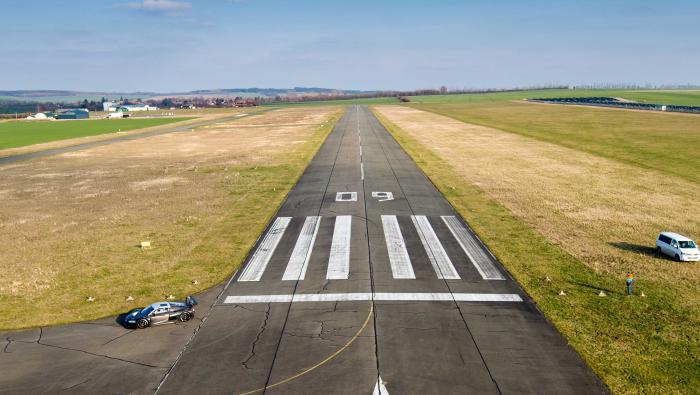Turboprop aircraft manufacturer Daher-Socata issued Service Information 2014-008, “Review of High-altitude Operations,” in the wake of the loss of N900TN, a TBM900 that crashed with two on board in open water off the northeast coast of Jamaica on September 5. Cabin depressurization and/or hypoxia are suspected factors in the accident.
The letter is addressed to operators of the entire TBM fleet but states that “examples and references provided are for the TBM900.” Specifically, it reviews the TBM900’s pressurization and emergency oxygen systems, noting that “time of useful consciousness is short” at high altitudes, and highlights the four independent systems that monitor cabin pressurization in the TBM900.
Meanwhile, the Jamaican Civil Aviation Authority has formally delegated authority for the accident investigation to the U.S. NTSB. The aircraft was en route at FL280 from Greater Rochester (N.Y.) International Airport to Naples (Fla.) Municipal Airport when the pilot reported to ATC “an indication that is not correct” in the aircraft, requesting a descent to “about” 18,000 feet, before communication was lost. The pilots of scrambled U.S. Air Force F-15s subsequently reported that the pilot was observed slumped over the controls but still breathing.







